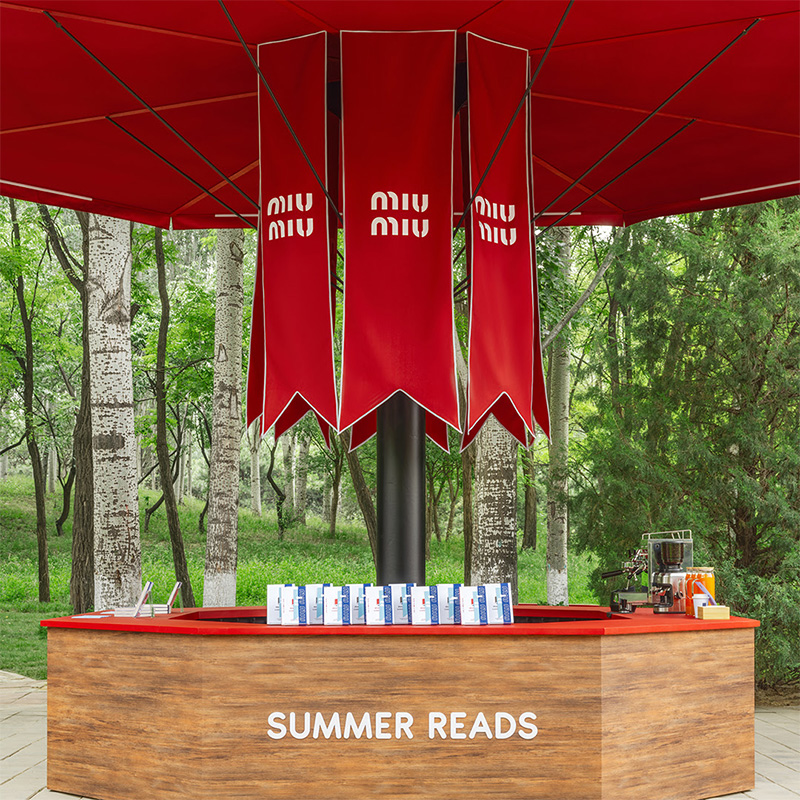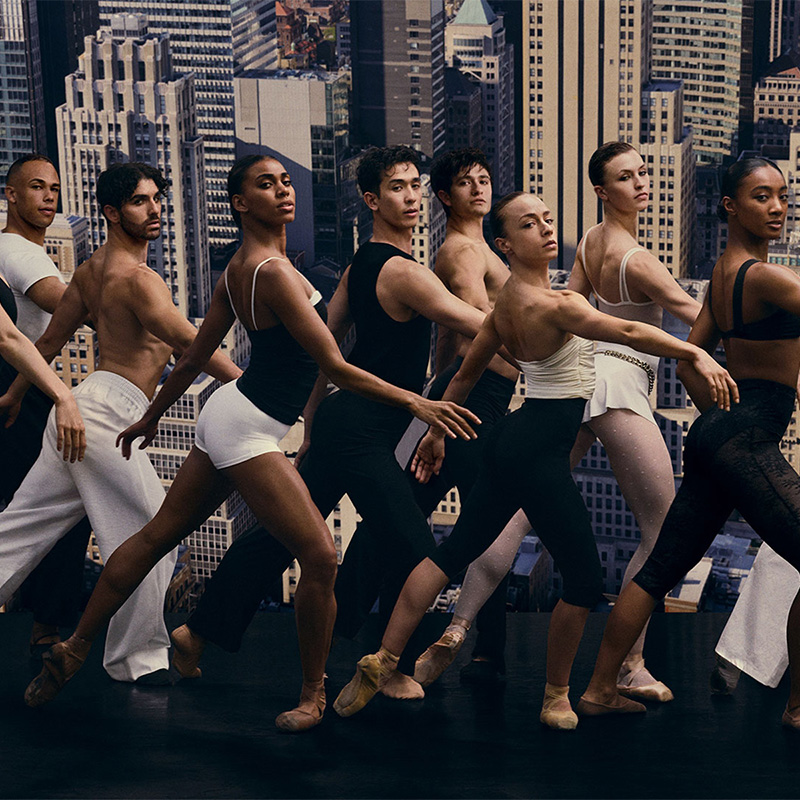Some say it all started with a handful of fashion enthusiasts crammed into chic salons, watching couture slip by on hushed tiptoes. Legend has it that Charles Frederick Worth introduced the concept of live models in the mid-19th century, transforming what had been staid presentations into something more theatrical. Then came the pivotal 1973 Battle of Versailles, putting American designers like Halston and Oscar de la Renta in the same ring as French couture houses—an event that elevated the runway’s status from simple showcase to cultural phenomenon. In the 90s, magazine editors held the ultimate power—an approving nod could spark a thousand orders. Soon after, the front-row shuffle began: celebrities, bloggers, and now influencers dominating the spotlight as we scroll through TikTok reels from just about anywhere.
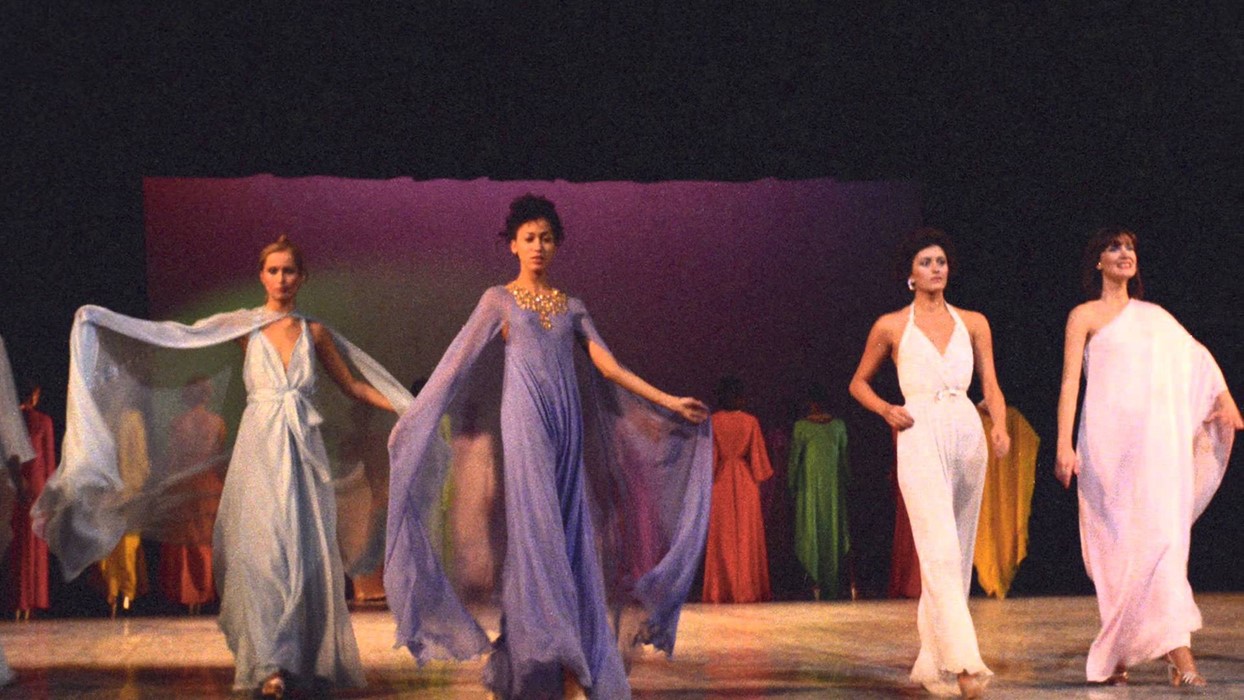
But here we are, questioning the entire ritual. The pandemic pushed designers to digital presentations, catapulting the runway into cyberspace. Some brands thrived—suddenly, viewers didn’t need an exclusive invitation; they just needed Wi-Fi. Others craved the intimate theatrics of a live show, longing for an audience to gasp in real time at a cascading taffeta gown. Long before TikTok, Alexander McQueen made history in 2009 by live-streaming his ‘Plato’s Atlantis’ show, foreshadowing the power of a digital frontier.

The most watched coverage now comes from the real-time streams and style-savvy TikTokers. Emerging designers are often skipping the runway, going direct on social media. Their approach is scrappy and fearless, ignoring traditions that once held the industry in a polished stranglehold. A single well-placed influencer tag can send a young label’s site traffic through the roof—no big runway fanfare necessary.
Lately, the shows that actually stick with us are by designers carving out their own space, unconcerned with chasing trends. You can clock their pieces a mile away, no label necessary—The Row, Thom Browne, Acne Studios, and Issey Miyake, to name a few. At a time when plenty of luxury houses blur into one another, having an unmistakable signature is what sets the best apart—and keeps them on our minds well past the final look.
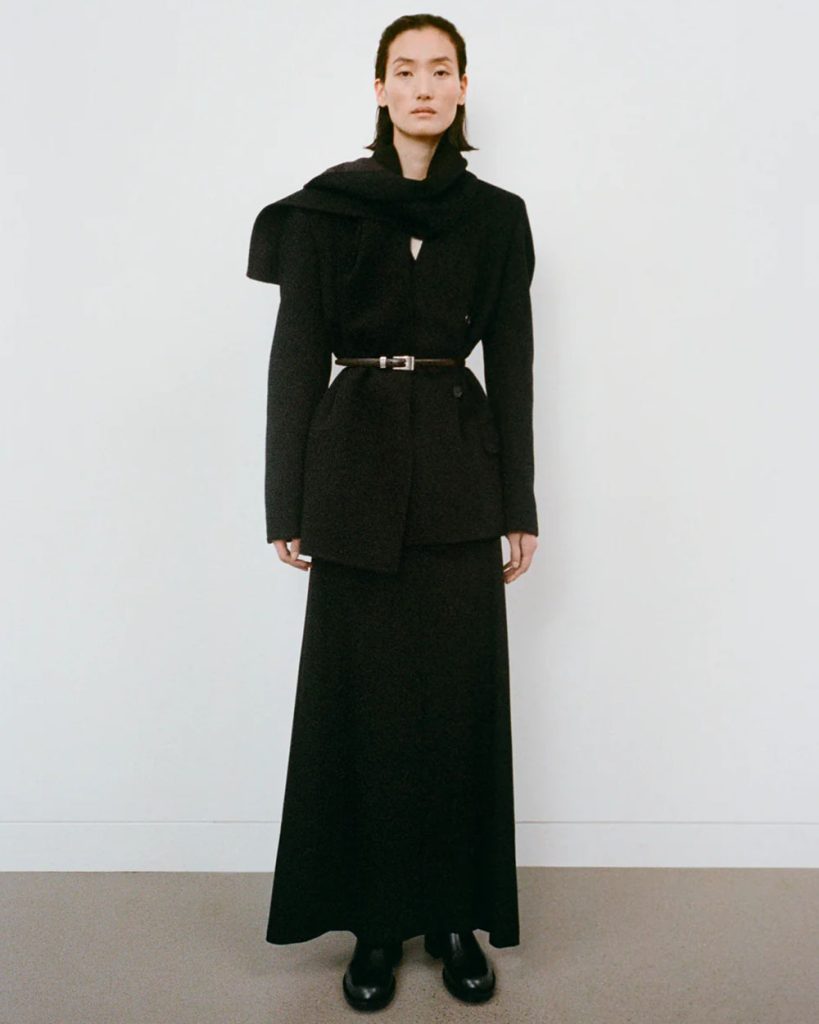
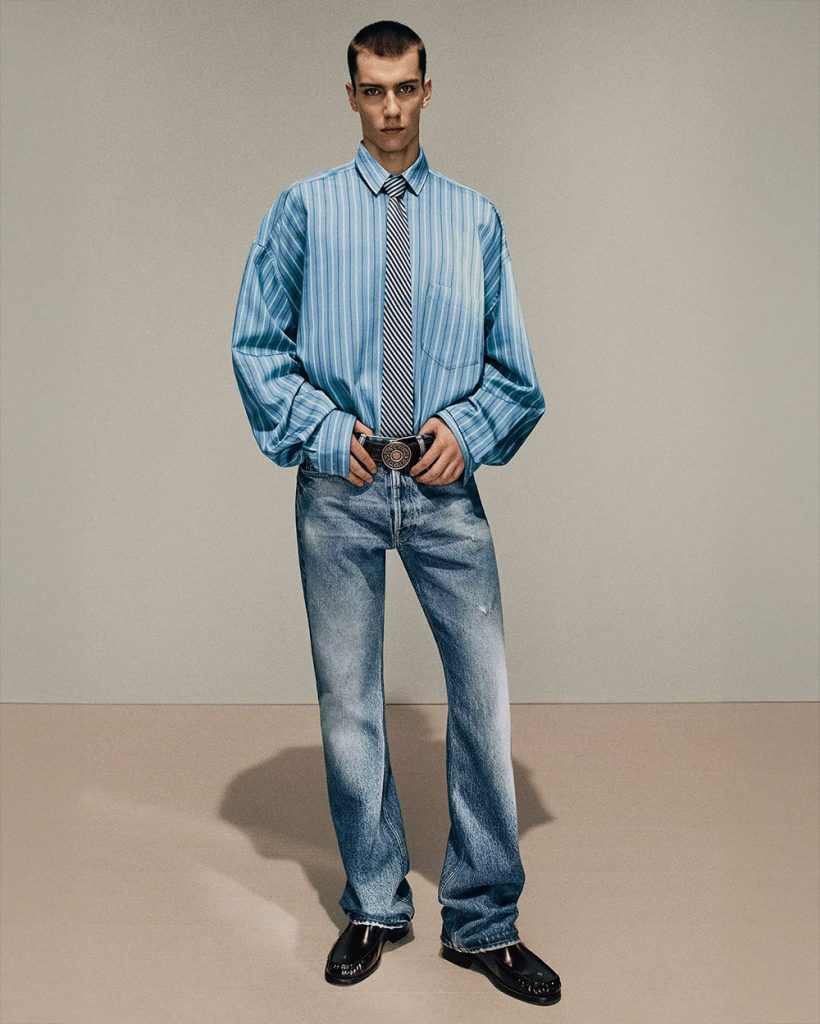
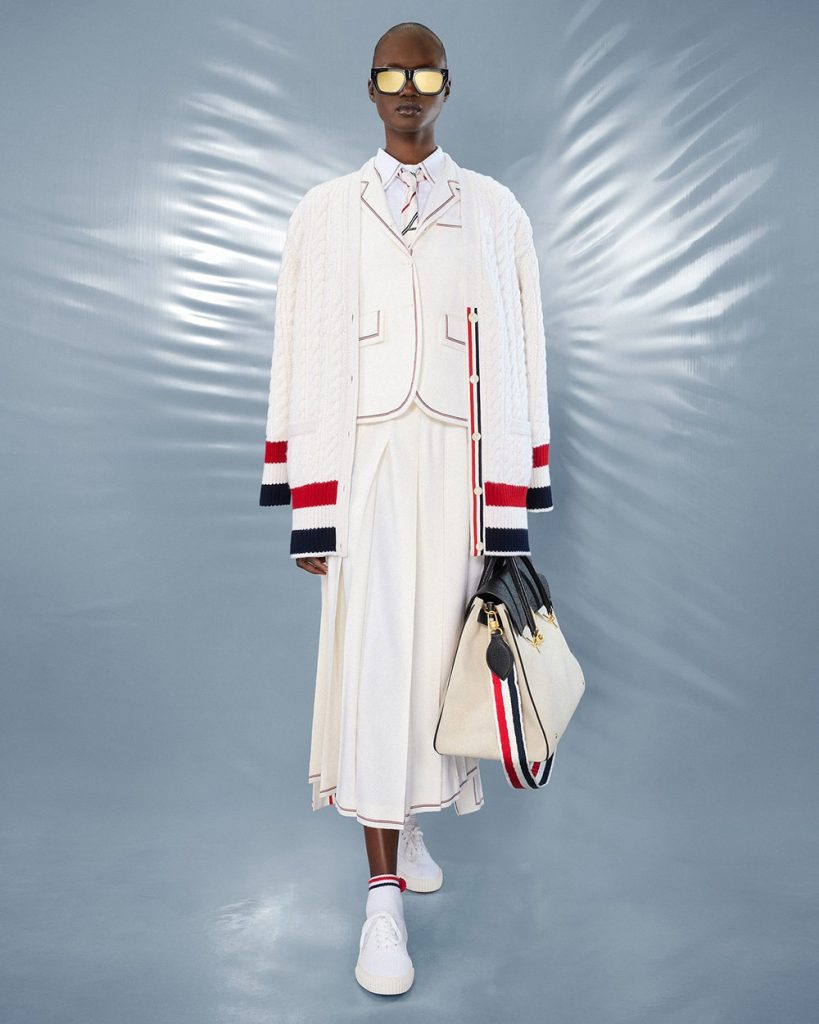
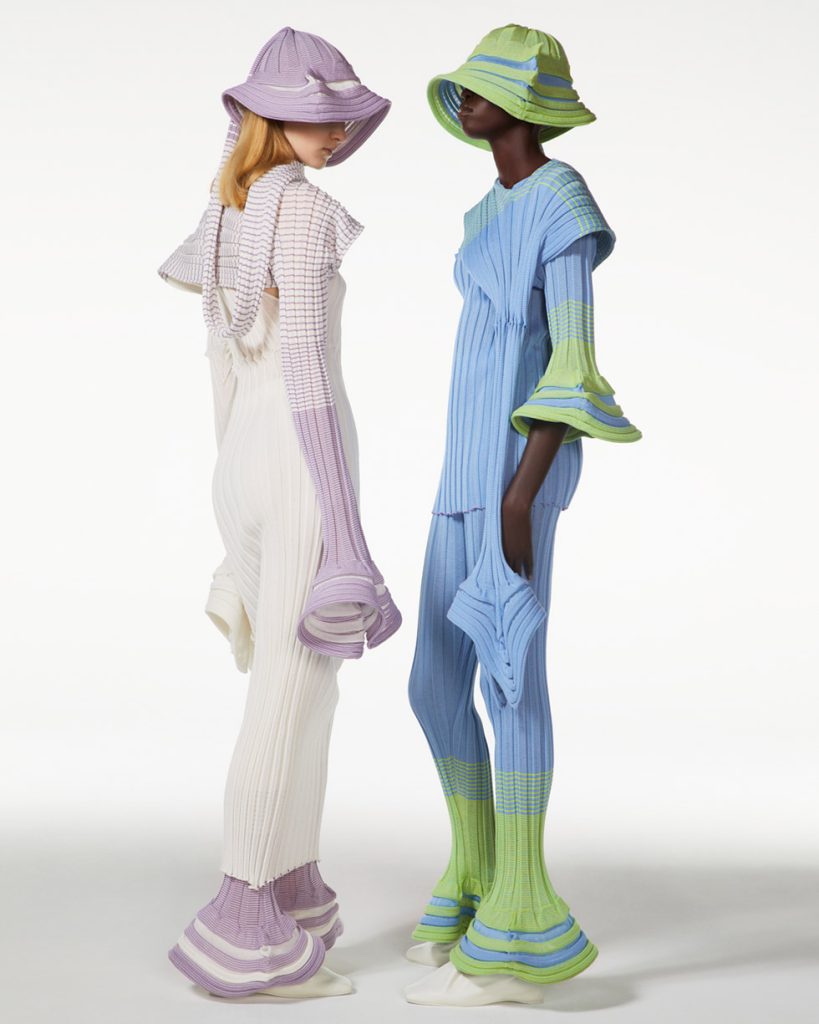
That old assumption that a celebrity cameo equals genuine style cred is falling apart. Sure, big names can grab eyeballs and boost your feed, but how many actually influence how we dress? Right now, it’s all about real vision and clothes that stand tall with or without a famous co-sign. The hype of a runway show dims quickly, and only the pieces that spark a true connection will matter once they hit the racks.
Influencers or editors, in-person or digital, hype or heritage—this back-and-forth won’t settle anytime soon. Historically, fashion shows snapshot what’s happening in the culture, and these days, that picture is anything but simple. We are just at the opening act, with plenty of twists ahead. One thing’s certain: a brand doesn’t need its own runway or a slot on the official calendar to break through anymore. Now, it’s all about how well you define your vision and connect with the people who crave it.

